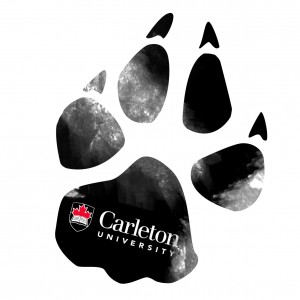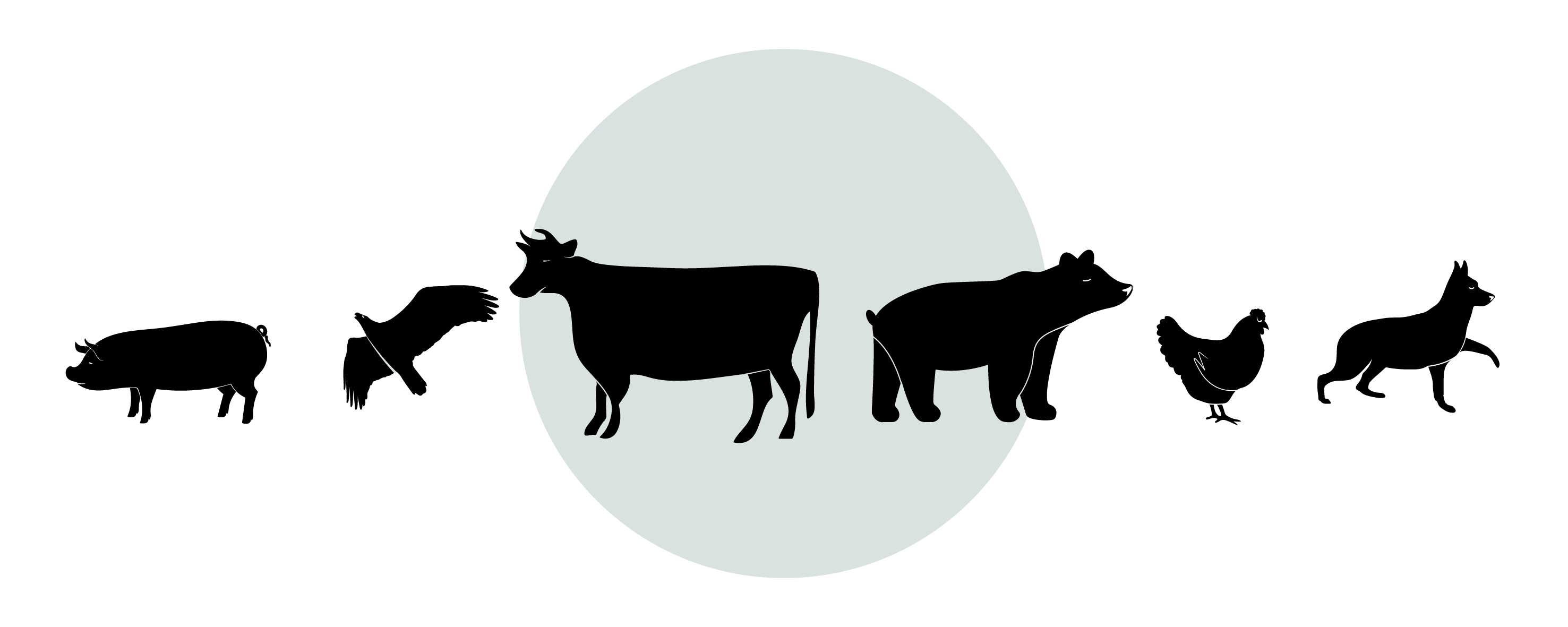Animal rights law has always been a topic of stark debate.
The question of how we should address the implications of actions against our furry friends has always been under scrutiny, but none so much as with the growth of social media.
With documentaries such as The Cove, Blackfish, and Food Inc., protests and petitions took to the world stage in a collective outcry for the need to stop actions such as whale captivity and factory farming.
As each movement grows and dies, however, it brings up the question as to whether much is changing on the field for animal rights.
From Ottawa to Canada to the world, the fate of animal rights lies in question with our rapidly changing society.
The role of the equine in history
Joanna Dean, a Carleton history professor who teaches the course Animals in Human History, said the first indications of the animal rights movement began before the industrial revolution.
“At the end of the 19th century, there was a growing interest in animal welfare largely around horses,” she said.
“As railways came into the city, they brought more and more goods, but we didn’t have cars or trucks so it was the horses who hauled everything.”
She said it even became a race and class-based issue, as the people who drove the horses, called carters, were blamed for abuse when they were generally not from a privileged class.
The movement then grew to involve other animals and, into the 21st century, it has grown into an ethical dilemma of what constitutes animal abuse.
Dean said in the past few years she has been teaching the course, there has been a steady increase in the number of students interested in the animal rights movement.
It’s this interest that has been the inspiration for a lecture series hosted by the history department beginning in November that aims to teach of early animal and human interactions.
The case of Breezy the dog
Almost a year ago today, the spotlight of animal abuse was brought to Ottawa last year on Oct. 13 with the case of Breezy the dog.
Breezy, a two-year old Labrador/Shepherd cross, was abused with a rake and metal shovel by her owner’s 24-year old son, Steven Helfer.
After beating the dog to near-death, he left her in a nearby dumpster. Neighbours called the police.
Breezy was taken in by the Humane Society and, after extensive surgeries and rehabilitation, she is alive and well and serves as one of the success stories of animal rights.
In June, Helfer was sentenced to two years in prison, the longest sentence ever made in Canada for animal abuse.
Camille Labchuk, a local animal rights lawyer, said high-profile cases, such as the Breezy case, have made people more aware of the issues in animal rights law.
“There’s an increasing sensitivity to the way we treat our animals in Canada,” she said.
“Cases involving animal cruelty are starting to hit the mainstream and they’re starting to get attention from the public.”
A rise in awareness

“People are starting to recognize that animals are more than just things. They’re starting to think more seriously about animal rights and how we treat them,” said John Sorenson, a professor who teaches critical animal studies at Brock University, and is a prominent figure in animal rights activism in Canada.
Brock’s critical animal studies program, a concentration under sociology, is “gaining momentum,” according to Sorenson.
The growth of student involvement in animal rights groups and the launch of many grassroots organizations dedicated to eliminating animal abuse means it’s going in the right direction, he said.
Labchuk said “animal rights law is kind of where environmental law was about 30 or 40 years ago. You fast forward now to 2014 and you’ve got groups whose mandate it is to take on strategic court cases that shift the law, and . . . to ultimately protect the environment better.”
Much like the process of environmentalism, more people are now becoming interested and paying more attention to animal rights as it’s slowly brought to the forefront through documentaries and social media, she said.
“A decade ago, you couldn’t find an animal law class in a law school. Now, I think almost every law school in the country has one,” she said.
According to Labchuk, lawyers are practicing animal rights law and taking on more cases than ever before.
In the United States, most states have special prosecutors designated to animal rights cases.
Labchuk said she wants to see more cities in Canada have prosecutors appointed to animal rights cases.
A long way to go
Animal rights law has made significant progress throughout the years, according to Labchuk. One progression was the increase in the maximum sentence a person can get for animal cruelty in Canada in 2008.
The maximum sentence of 18 months for animal cruelty was increased to five years.
However, animals have no legal rights in Canada.
Animals are categorized under the property section in the Criminal Code, a law that Labchuk said hasn’t been meaningfully updated since 1895.
“My dog in Canadian law has no more rights now than my Ikea table,” she said. “As far as the law is concerned, they’re essentially the same being.”
Under the law, Labchuk said “it’s an offence to cause unnecessary suffering to an animal . . . but when you start to think of the word ‘unnecessary,’ the corollary to ‘unnecessary suffering’ is that some suffering is necessary.”
She added it isn’t an offence to kill an animal for no reason, implying animals lack even a right to life.
She said she would like to see animals removed under the property section of the Criminal Code, but institutional barriers have proven difficult to do so.
While Sorenson agreed the Breezy case is a big milestone, and the law has improved, he said there’s still a long way to go for animal rights.
Although he said there has been more media coverage on abuse cases against pets in recent years, other animals are still being neglected.
“There’s a big contradiction in our society where we’re horrified by these acts of violence towards individual animals like dogs and cats, but we’re squandering other animals in horrifying ways,” he said.
Factory farming
Animal rights abuses aren’t just limited to pets, Sorenson said.
When they begin to challenge people’s own behaviors or corporate profit, it’s more difficult for people to sympathize, he continued. Examples include factory farming where livestock are kept indoors under strictly controlled conditions, a method that has been widely criticized for its treatment of these animals.
A simple Google search shows photos of animals being contained in unsanitary, unhealthy, and cramped living conditions, but when it comes to cows and chickens, Sorenson said people are much less sympathetic.
Labchuk is also a board director for Mercy for Animals Canada, an organization that sends undercover investigators to factory farms in Canada to document conditions.
She said the group aims to get charges laid for animal abuses, which is often the case in factory farms.
It’s not just about the animals
Shannon Milling, a Carleton student who volunteers with the animal rights organization Mercy for Animals, said there are three reasons why she became a vegan: ethics, health, and the environment.
“Animal agriculture contributes to global climate change more than any other industry,” Milling said.
“Animal rights aren’t just about animals, it’s about us too, especially the environmental factors.”
She said more animal rights activism should be done on campus because young people have a more open mind and are willing to work towards creating a better environment for our future.
Animal rights at Carleton

Recent Carleton graduate Ali Pester is an animal rights activist. She said she became a vegan when she learned about factory farming.
Pester was the president and founder of Carleton University Students for Animal Rights (CUSAR) for the four years she was at Carleton.
As president of CUSAR, Pester said she struggled to keep people interested in animal rights and, once she graduated, she couldn’t find anyone to take over as president.
Pester said she’s still hopeful about where animal rights activism is going.
“It’s only heading in a good direction. People’s opinions are changing and people are only going to continue to make a difference,” she said.
In reference to the 2013 orca documentary Blackfish, Pester said, “Documentaries with that kind of exposure are a really great thing. I think it’s one of the best tools that we have and also social media has made it a lot easier to connect activists.”
Pester said people care and know more about animal rights issues as a result.
When handing out leaflets on campus, she said she finds more people have turned to veganism and are more aware of factory farming.
Although CUSAR is no longer active at Carleton, Pester said “there are so many ways to get involved in animal activism in Ottawa and in every other city in Canada. There’s a growing community of activists out there.”
Become self-reflective
Sorenson said it’s important to be “more self-reflective about your own choices” by thinking about what’s on your dinner plate and where it came from.
“Working together on issues that people find important, that’s really what we have to do. It’s not just up to politicians to change things,” he said.






